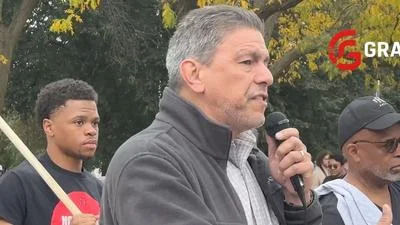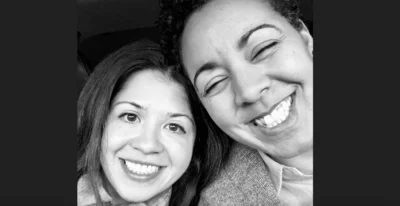In a joint Illinois Senate and House hearing on the redistricting process, a witness who is an architect and planning professional conveyed that redrawing the legislative maps of the state of Illinois is not as easy as it sounds.
While telling the committee that she was speaking for herself, Jean SmilingCoyote explained how map-making should be done correctly.
"All redistricting must be led by someone with at least an MA in geography," SmilingCoyote told the legislators. “Mapmaking is called cartography in Academia and is entirely under the aegis of geography. Geography knows how to take into fair account all of the factors that are legally required to be recognized and also all of the factors which require the districts to deviate from the perfect array of equal-sized hexagons known as a beehive. The geometric manifestation of success compactness and contiguity in districts whose perimeter length are clustered in the narrowest possible range must also respect existing jurisdictional boundaries including counties, cities and villages"
SmilingCoyote further explained the technical complexities of creating new districts.
"The logical starting point would be equal-sized squares rather than hexagon, so Chicago can't have equal-sized wards of any shape,” SmilingCoyote said. “I really don't know how one starts to draw ward boundaries. The main goal should be to have the lengths of the ward perimeters as clustered in the narrowest possible range."
The architecture and planning professional also commented on the Illinois elections statute.
“I don't know why the Voting Rights Act must try to keep certain minority groups clustered into wards together,” she said. “I think that part of the law must have been passed to fight discrimination by gerrymandering. It would be a rare situation in which map choices would differ only in whether a group of minority residents were put in one ward or the other. Mathematically, gerrymandering is characterized by the lengths of the ward or district perimeter having a much wider range than is possible if you’re trying to minimize them — people with more education in geography and cartography have written about redistricting.”
Over 20 redistricting hearings have been conducted to hear testimony from people of different walks of life. SmilingCoyote has been one of those who have presented a distinctive perspective on how the maps should be redrawn.
While the Senate and House minorities and majorities are debating whether to use the American Community Survey data or creating an independent redistricting commission, there have been a few witnesses who said they would like to keep the boundaries as is.






 Alerts Sign-up
Alerts Sign-up